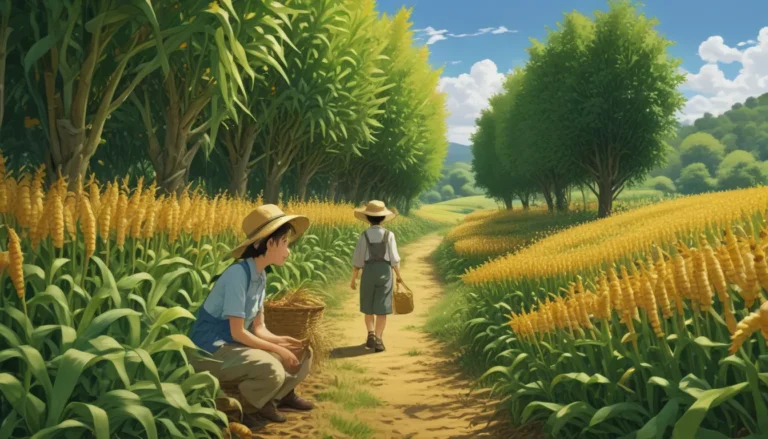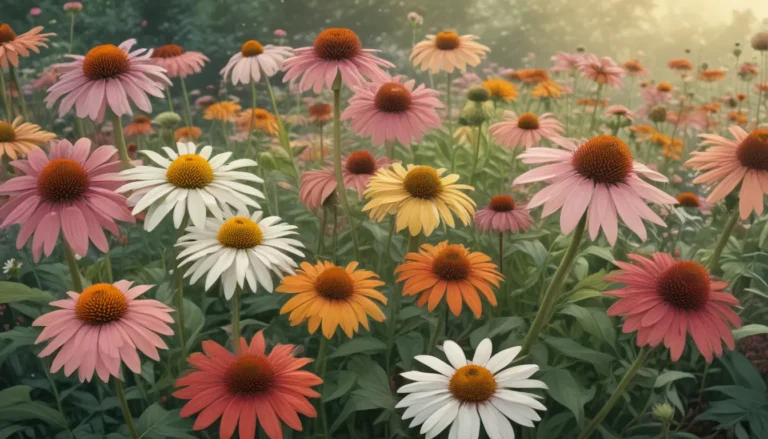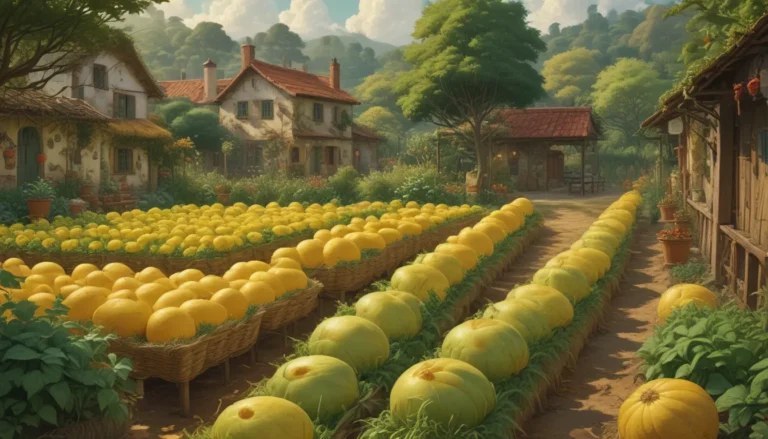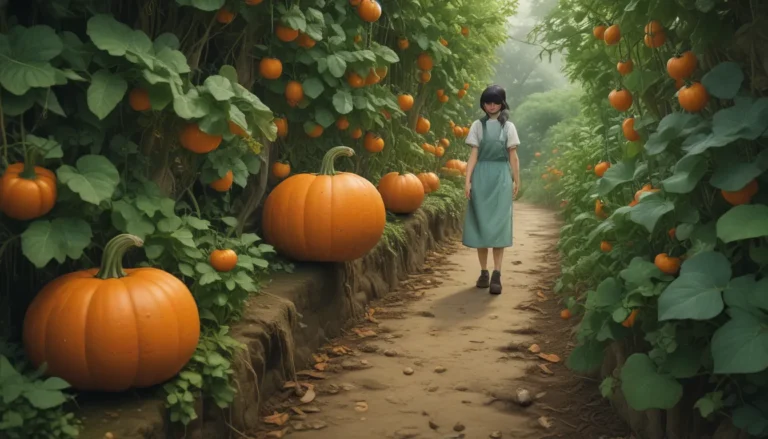A Comprehensive Guide to Growing and Harvesting Bunching Onions
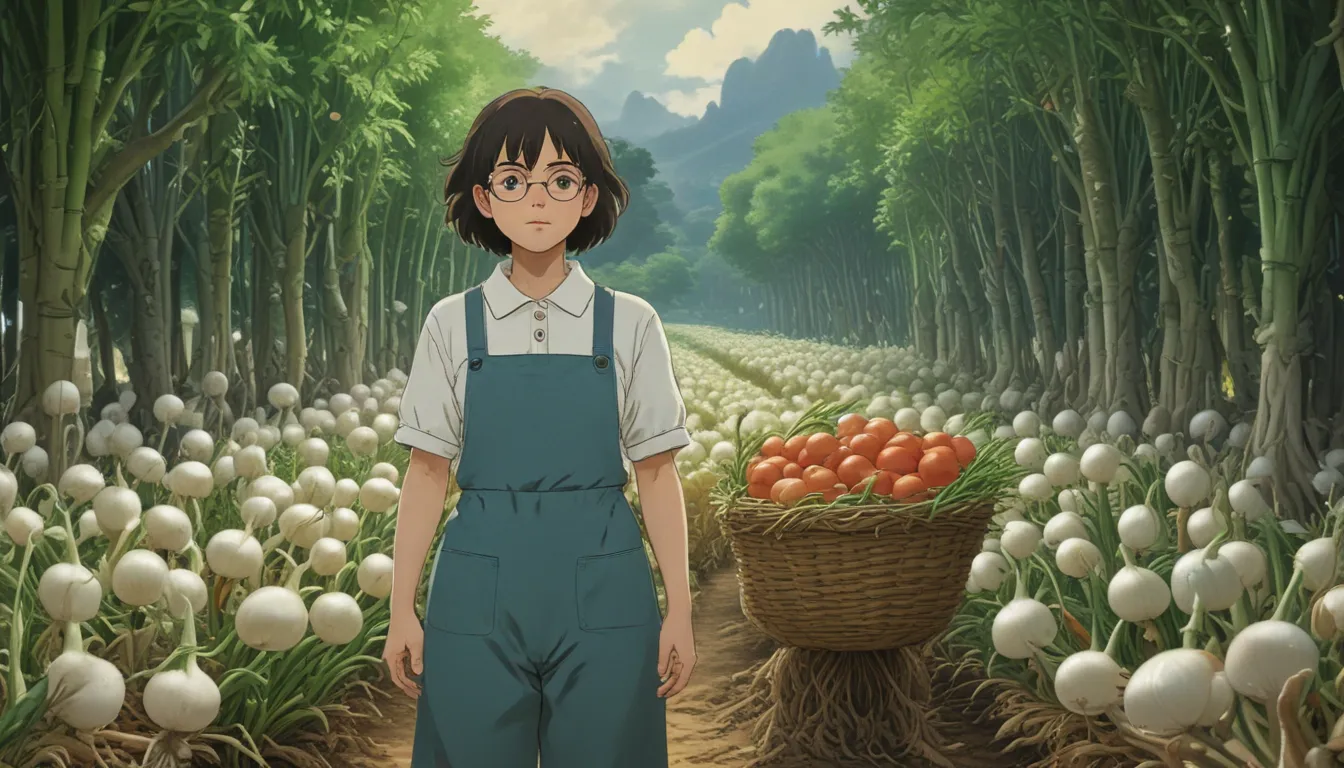
Are you looking to add a flavorful and versatile crop to your garden? Look no further than bunching onions, also known as Welsh onions, green onions, Japanese bunching onions, spring onions, and scallions. These perennial non-bulbing alliums produce delicious green stems and tiny white roots year after year, making them a valuable addition to any garden.
In this in-depth guide, we will explore everything you need to know about growing and harvesting bunching onions, from cultivation and propagation to harvesting and preserving. Whether you are a seasoned gardener or just starting, you’ll find valuable information to help you successfully grow this enticing crop.
What Are Bunching Onions?
Bunching onions have thick, round, hollow stems that are bright green in color, with unique greenish-white flowers that bloom slowly throughout the summer. The leaves have a mild onion flavor and can be enjoyed raw or cooked. These perennials are easy to grow and can be utilized as annuals by harvesting and reseeding in succession over the season.
Cultivation and History
Originating in China, bunching onions have a long history of use in culinary traditions and Chinese medicine. They are valued for their flavor as well as their medicinal properties, such as improving metabolism and fighting infections. Bunching onions can also be used in the garden to repel insects like moths and aphids.
Propagation
Bunching onions can be grown from seed, transplants, or division. Plant seeds in early spring or late summer, thinning seedlings once established. Transplant seedlings outdoors after the last frost. Division can be done in spring by splitting clumps into sections and replanting.
How to Grow
Bunching onions are resilient and can tolerate various soil conditions. However, providing nutrient-rich soil, full sun, and regular watering will help produce a superior crop. Mulching around plants can help suppress weeds and retain moisture in the soil.
Growing Tips:
– Apply mulch in the fall to protect plants through winter.
– Plant in succession every three to four weeks for a continual supply.
– Hill plants with soil to force the growth of long, blanched stalks.
Cultivars to Select
Several cultivars of bunching onions are available, each with its unique flavor and characteristics. Some popular cultivars include Evergreen, Heshiko, and Tokyo Long White, which offer different maturation times and flavors for your culinary creations.
Managing Pests and Disease
While bunching onions are generally resistant to pests, they may occasionally be affected by insects like allium leaf miners and thrips, as well as diseases like white rot, downy mildew, and botrytis leaf blight. Proper measures such as crop rotation, integrated pest management, and good cultural practices can help manage these issues.
Harvesting
Bunching onions can be harvested by pulling entire plants or snipping off leaves as needed. Harvest leaves when plants reach four to six inches high for the best flavor. Harvesting can be done year-round in warm climates, with care taken not to over-harvest young plants.
Preserving
Bunching onions can be stored in the refrigerator for up to 10 days, frozen, or dried for longer preservation. Freezing involves washing and chopping greens before packing them into containers. Drying greens is a convenient method for long-term storage, as they dry quickly and take up minimal space.
Recipes and Cooking Ideas
Bunching onions add a delightful flavor to various dishes, from salads and sandwiches to soups and stir-fries. Try experimenting with recipes like green onion frittatas, scallion dips, and green onion soup to enjoy the sharp and zesty taste of these versatile plants.
Quick Reference Growing Chart
- Plant Type: Perennial Bulb
- Native to: China but naturalized worldwide
- Hardiness (USDA Zone): 5-9
- Season: Spring through fall
- Exposure: Full sun to partial shade
- Spacing: 2-3 inches
- Height: 10 to 14 inches depending on cultivar
- Water Needs: Regular watering
- Common Pests: Allium leaf miners, thrips
- Common Disease: White rot, downy mildew
Grow Yourself a Bundle
In conclusion, growing bunching onions in your garden is a rewarding experience that offers a steady supply of flavorful greens year after year. By following the cultivation tips, managing pests and diseases, and exploring creative recipes, you can enjoy the versatile harvest of these hardy alliums.
Share your experience growing perennial bunching onions and any additional tips in the comments below. For more information on growing other types of alliums, check out our related guides on drumstick allium flowers, garlic, and flowering alliums. Happy gardening!


